We draw attention to the problems that smartphone manufacturers do not want to fight.
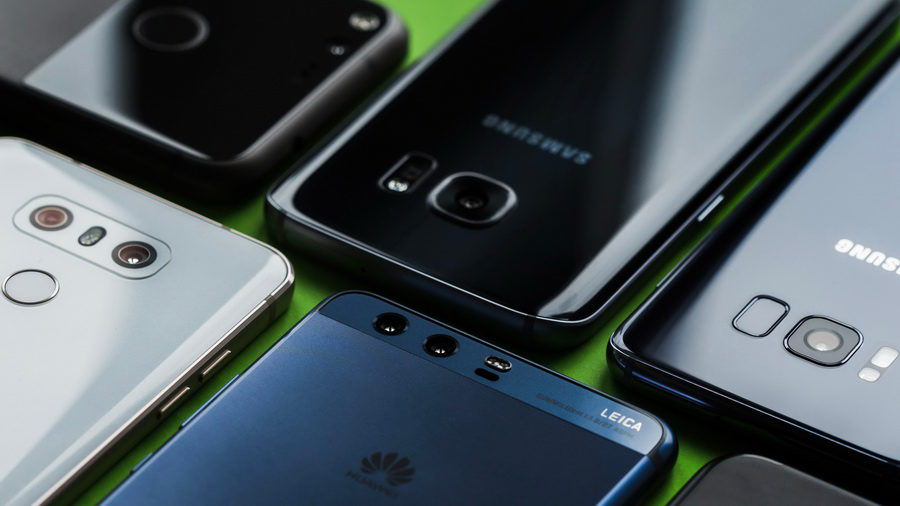
Each smartphone has its own personality, its own flavor or wormhole. There are obvious things – a high (or low) screen resolution or a powerful (or weak) chipset, cool (or not) modems and work on a single charge for a couple of days (or until lunchtime). But there are also hidden characteristics that still cause love or rejection. These features of a smartphone are highly personalized and specific to a particular model, not an entire brand or current product line. At the moment, at least 1,200-1,300 different smartphones are on sale at the same time, which interferes and dilutes attention. Therefore, we will select specific smartphones (mainly from one manufacturer) of the last two years and, using their example, we will try to answer the question: 'Do the brand and the price influence the appearance of hidden flaws in the smartphone?' We will look for non-standard, but important disadvantages.
Content
- Screen flickering (headache)
- Ringer volume
- Smartphone body temperature
- conclusions
Screen flickering (headache)
A significant number of electronics users do not care about this parameter. And why worry, if even from a Soviet TV with a cathode-ray tube, which sent out light pulses at a frequency of 50 Hz (half frames per second), the most severe consequences were expressed in the form of simple fatigue. Occasionally this led to headaches, but for this it was necessary to watch TV all day. However, there are people, and there are many of them, who are very sensitive to the flickering of the TV screen, and this despite the fact that the device is at a decent distance from the observer and occupies a negligible area of the field of view.

With the advent of wearable electronics, the situation has changed, the screen has come closer to the eyes, and the amount of visual information has grown significantly. Add here the involuntary concentration of attention, which inevitably arises when viewing content in the dark (all brain resources are concentrated on a single external stimulus), and we get completely new conditions that give the factor 'screen flicker' a critical meaning.
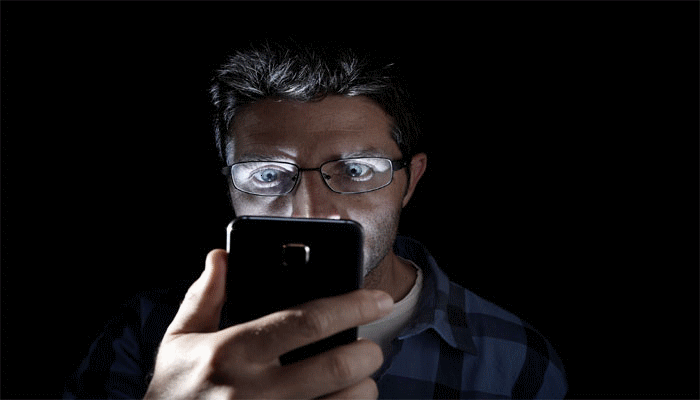
When the backlight of the smartphone / tablet screen flickers (not to be confused with the frequency of displaying the image on the screen) at a frequency of 50 Hz and below, even an absolutely healthy person will have a headache, but there are also unique ones who are worried about flickering at a frequency of 5-10 kHz. There are two technical reasons for the appearance of this optical effect that have been found. Yes, exactly two, not just PWM.
Reason 1:
PWM (frequency-width modulation, PWM, pulse-width modulation). Roughly speaking, the imaging technology is based on the supply of a different amount of energy to the final pixel on the matrix by changing the duration of the electric pulse, but at a constant frequency. It is these changes in the pixel glow (at the time when the frame is static) that cause the optical flickering effect that worries most smartphone users with AMOLED – screens. Especially if you unscrew the backlight to a minimum and look in the dark.
Reason 2:
Poor shielding of the battery and power circuits leads to the same effect – there is a banal electrical interference. For example, if your neighbor behind the wall turns on the compressor and the jackhammer, then stripes will appear on your TV screen. The comparison is more than appropriate. Pointing leads to the appearance of a pseudo PWM effect on TFT-IPS screens, where it should not be in principle.
Below are smartphones Xiaomi with screen flicker data, which have been summarized in an indicative table. The higher the flicker frequency, the better, the less noticeable it is to the eyes. The indicator '0' means that even if there is flickering, the tester was unable to highlight it. All tests were carried out at ≤ 15% of the maximum screen brightness, i.e. in the mode that is most often turned on in the twilight, when reading or watching a movie.
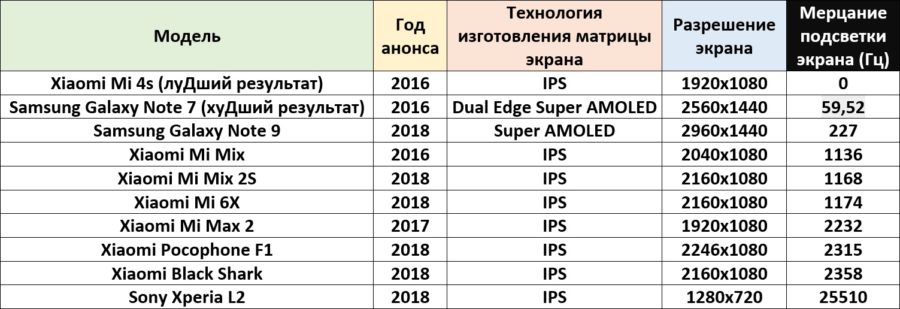
The veteran's screen Xiaomi Mi 4s does not flicker at all, as does HTC U Play (2017), Nokia 6 (2017), Huawei P20 (2018) and many other devices that are not included in the table. And the loser Samsung Galaxy Note 7, the company behind the disgusting flicker is Lenovo Phab 2 Pro (2016) and Doogee Mix (2017). As you can see, the brand of the manufacturer, the year of manufacture, the manufacturing technology of the matrix and the price of the smartphone do not in any way affect the pitfalls, they can be found everywhere.
Ringer volume
Winter is coming, my dears, and our smartphones will be under a thick coat, a fluffy down jacket or the skin of an innocently killed animal. In a place from which the scream of the phone is not so easy to hear. The most affluent citizens solve the problem of missed calls with the help of smart watches that vibrate on their wrists with incoming calls, but what should the rest do? After all, there are calls that cannot be answered.
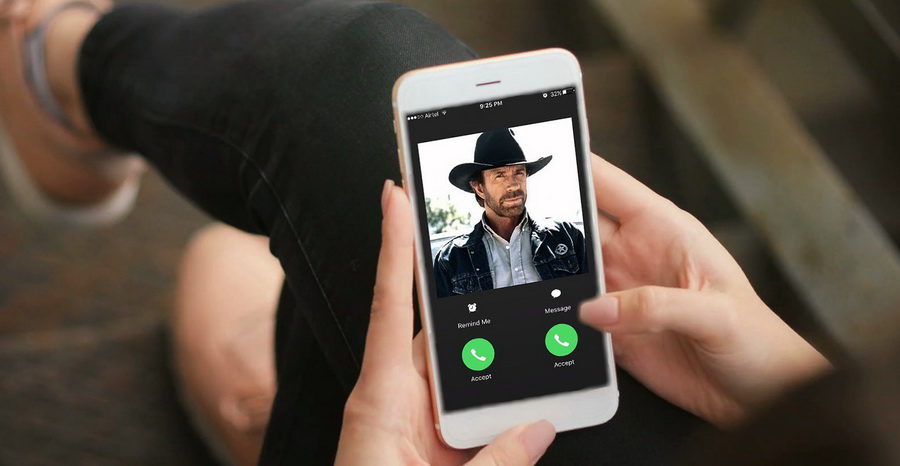
Wearing a headset in your ear all the time? Isn't it easier to initially choose a very loud phone? The company Xiaomi threw about 37 models onto our shelves this year alone, so it makes no sense to describe everything. I propose to take the models from the table of the first section and look at their volume in numbers in order to understand whether the speaker volume depends on the brand or the price of the smartphone.
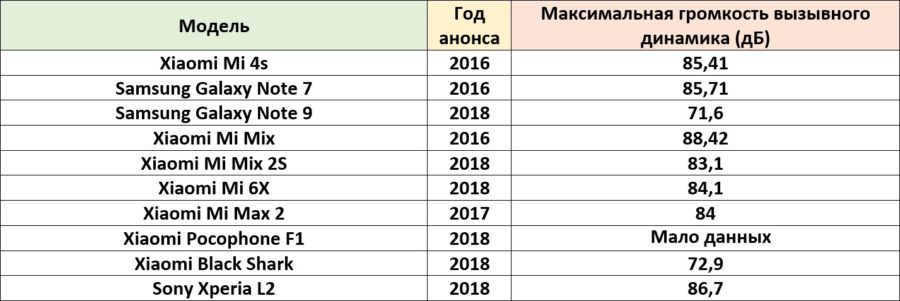
As you can see from the bare numbers, the loudness of modern devices is approximately at the same level, within 70-90 dB. Louder smartphones like the Nokia 8 (91.6 dB) are the exception to the rule. If we talk about sound quality, then in a store (on-site) an ordinary user will not be able to evaluate it in any way, special equipment and software are required. If this is not the case, then tell us about your method. In the meantime, one can only imagine how a customer writes a bass melody (100-400 Hz) to a memory card, brings a feather to the ringing speaker and watches it).
As a result, we can say that the price of the device, the brand and the year of release do not particularly affect the loudness of the phone, and for several years of progress there have been no shifts in one direction or another.
Smartphone body temperature
Sooner or later, the phone will start to warm up from work. This can happen unexpectedly, so much so that an impressionable young man or a fragile girl is seriously scared. You know, there are people who are worried about every occasion. Before buying, it is advisable to find out to what state the smartphone can warm up, so as not to throw it aside at the right time, fearing that an explosion is about to occur.
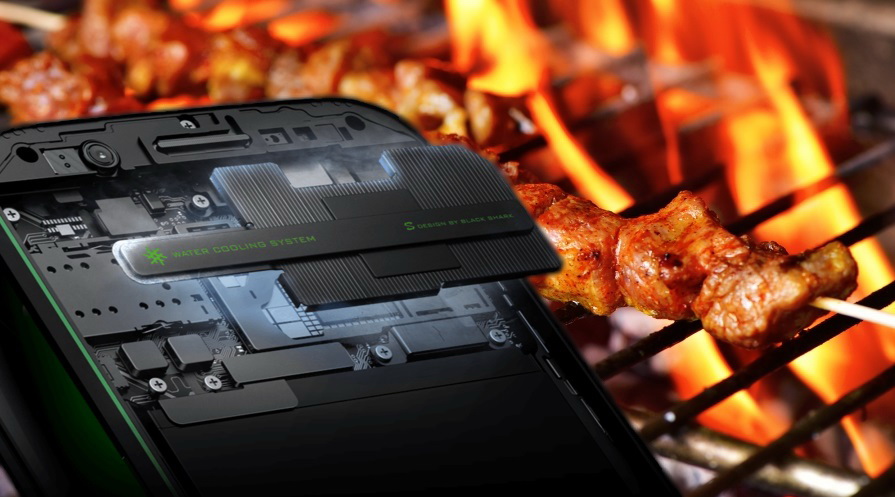
To hold Xiaomi Black Shark in your hands is as comfortable as a hot barbecue. The cooling system works very efficiently.
And our task is to find out whether the brand, chipset or price affects the temperature of the smartphone's electronic guts. The data was chosen as follows – the idle temperature is only maximum, the temperature under load is also maximum, and to find out the average temperature of each position, just subtract a couple of degrees, and you won't be mistaken. I also note that the temperature of a person's fingertips is usually 10-15 ° C lower than body temperature, which is approximately 21-26 ° C, the temperature of the palms is 26-31 ° C, and a temperature over 36.6 ° C causes noticeable discomfort.
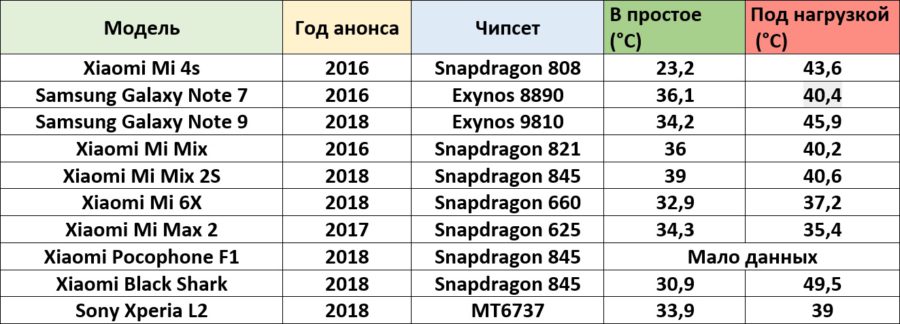
Neither the price, nor the brand, nor the year of manufacture have any particular effect on heat generation. The only dependence that somehow correlates with the passage of time looks like this: “the more efficient the chipset, the more heat it emits,” and the myth “new chipsets are colder than old” flies into the trash can. This can be clearly seen on the smartphone Xiaomi Mi 4s (Snapdragon 808), which was previously accused of being too hot, but against the background of Snapdragon 845 in Xiaomi Black Shark it is just jelly.
conclusions
A smartphone that would combine the three considered disadvantages at once or would be completely devoid of them does not exist in nature.
For clarity, let's take a smartphone of 2018 Alcatel 5 – with a record temperature of the case in idle (up to 38.1 ° C), it has no other drawbacks, the screen backlight does not flicker at all, and the maximum speaker volume approaches the best results – 86 , 7 dB. And so it can be said about any smartphone.
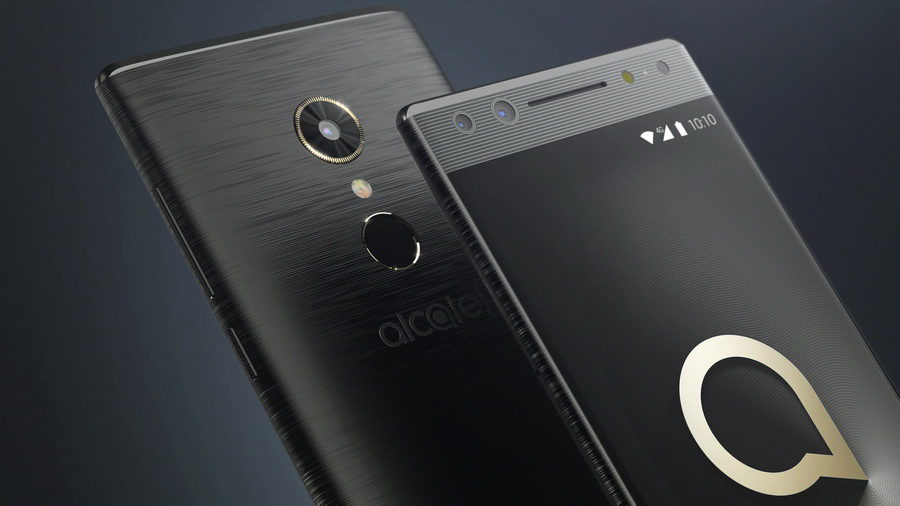
Hot Beauty Alcatel 5
Progress in smartphone manufacturing continues to move towards better performance, higher screen resolutions and cleaner headphone audio. To do this, the arrangement of transistors in the chipset and pixels on the screen are compacted, amplifiers and sound filters are installed, and the screen area is increased relative to the case. And problems such as screen flickering, the volume of the main speaker and the heating of the smartphone are not even on the agenda.
I propose to speak on the topic of the article, maybe these problems are far-fetched? What do you think?
